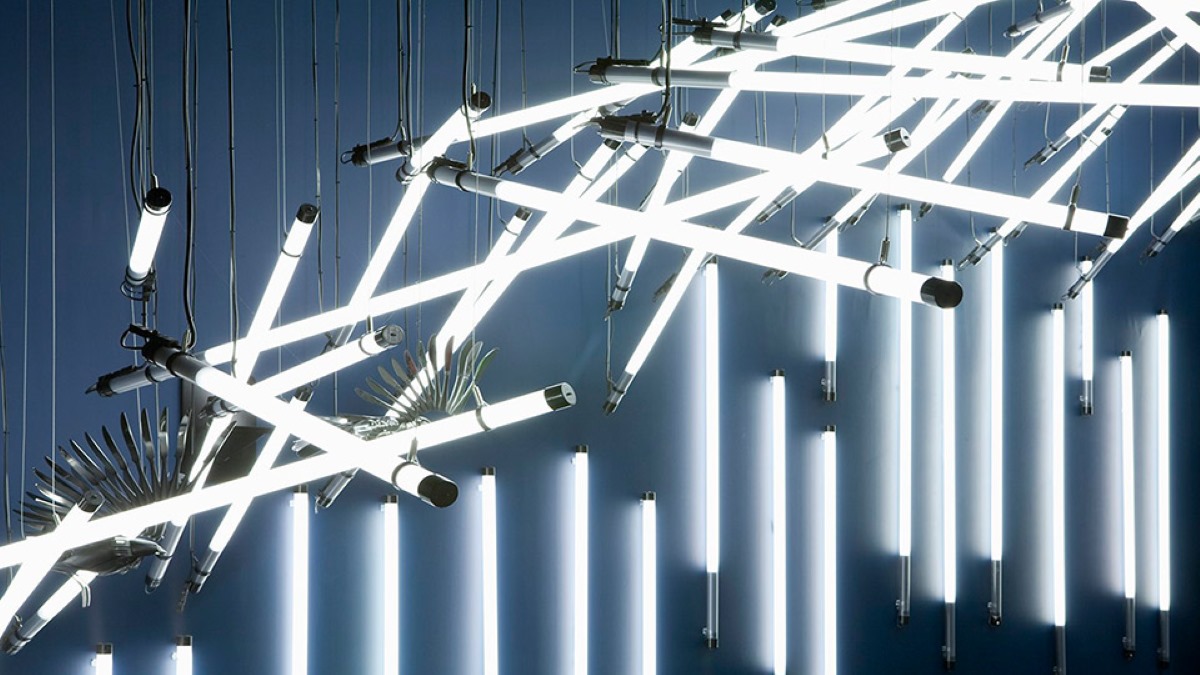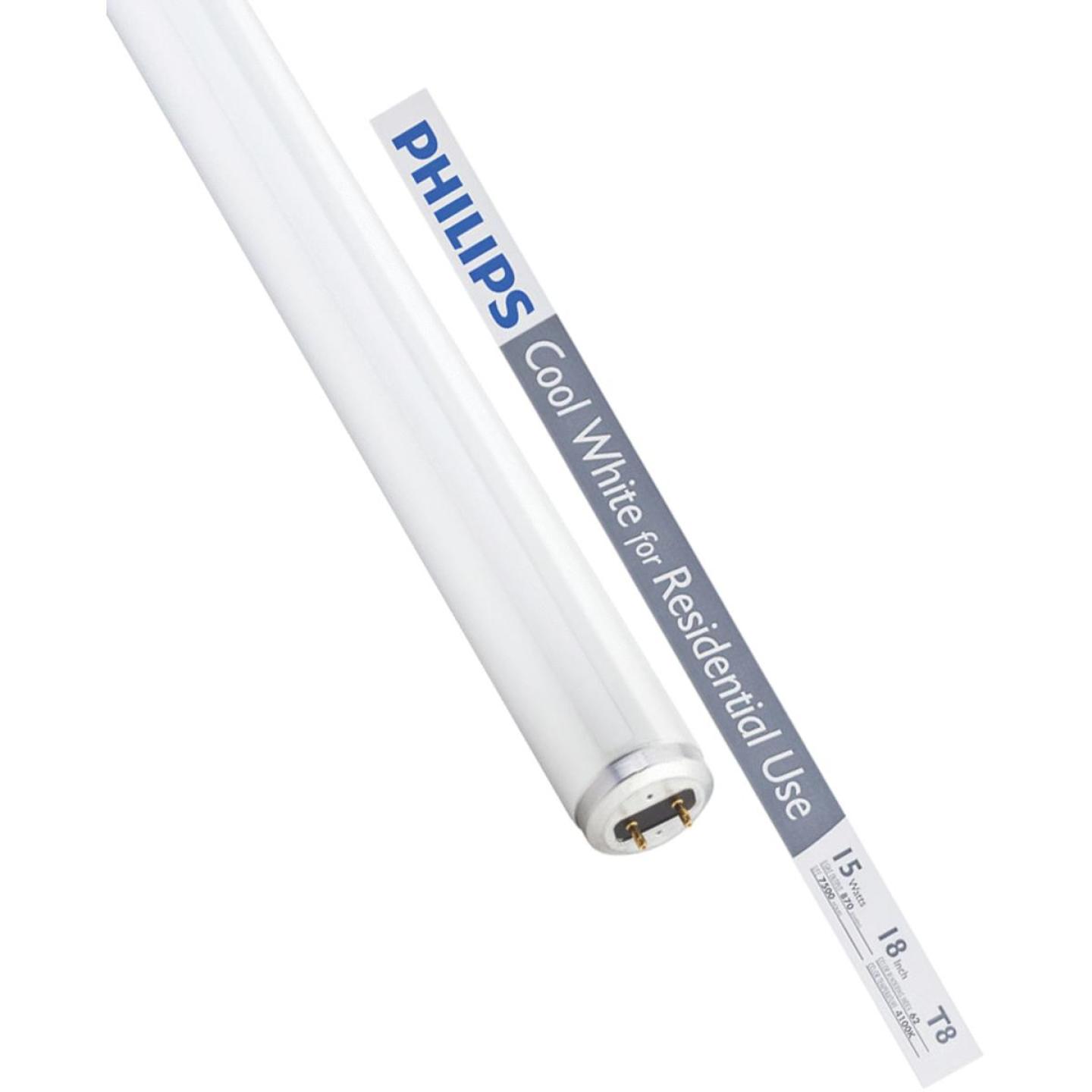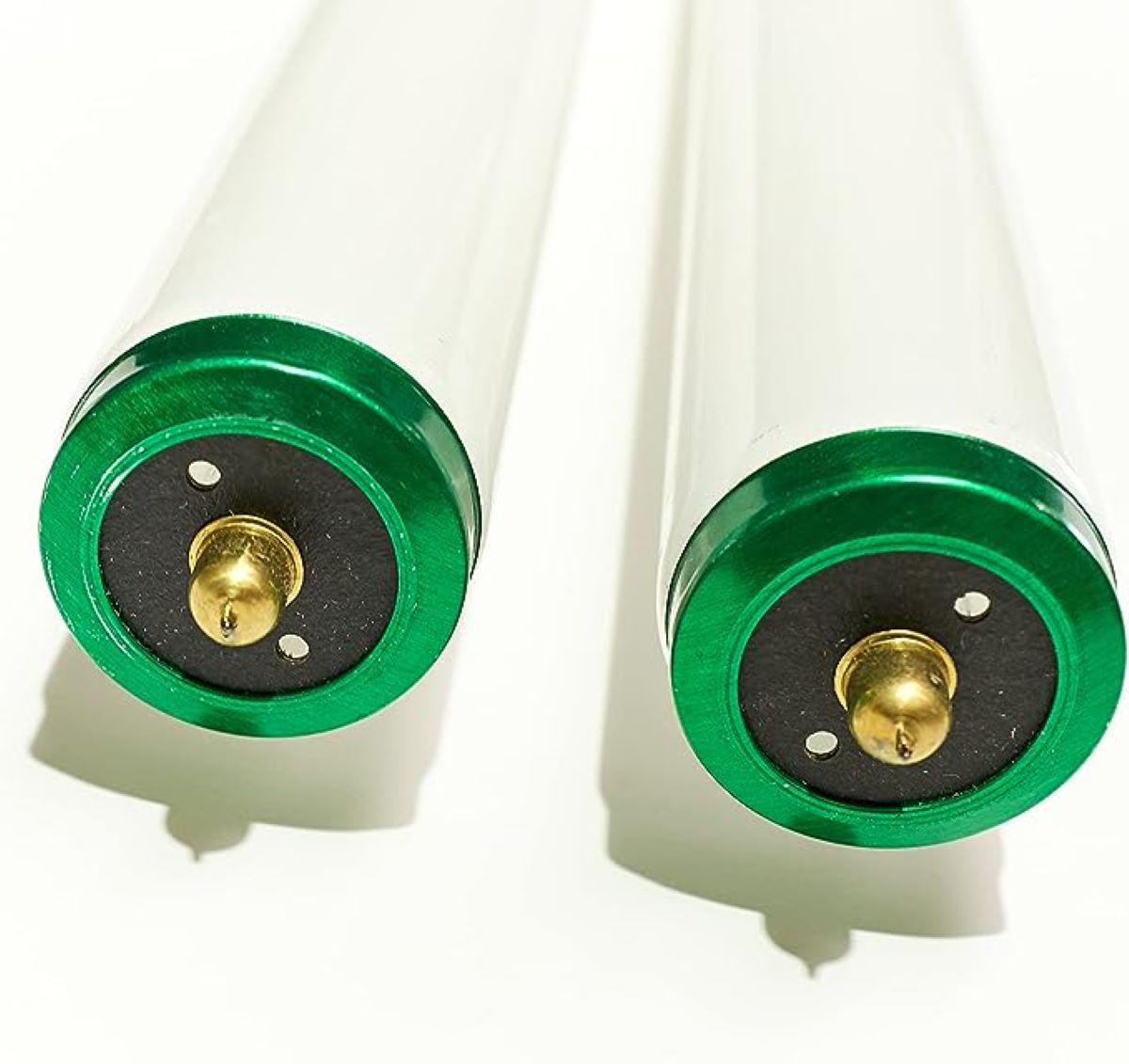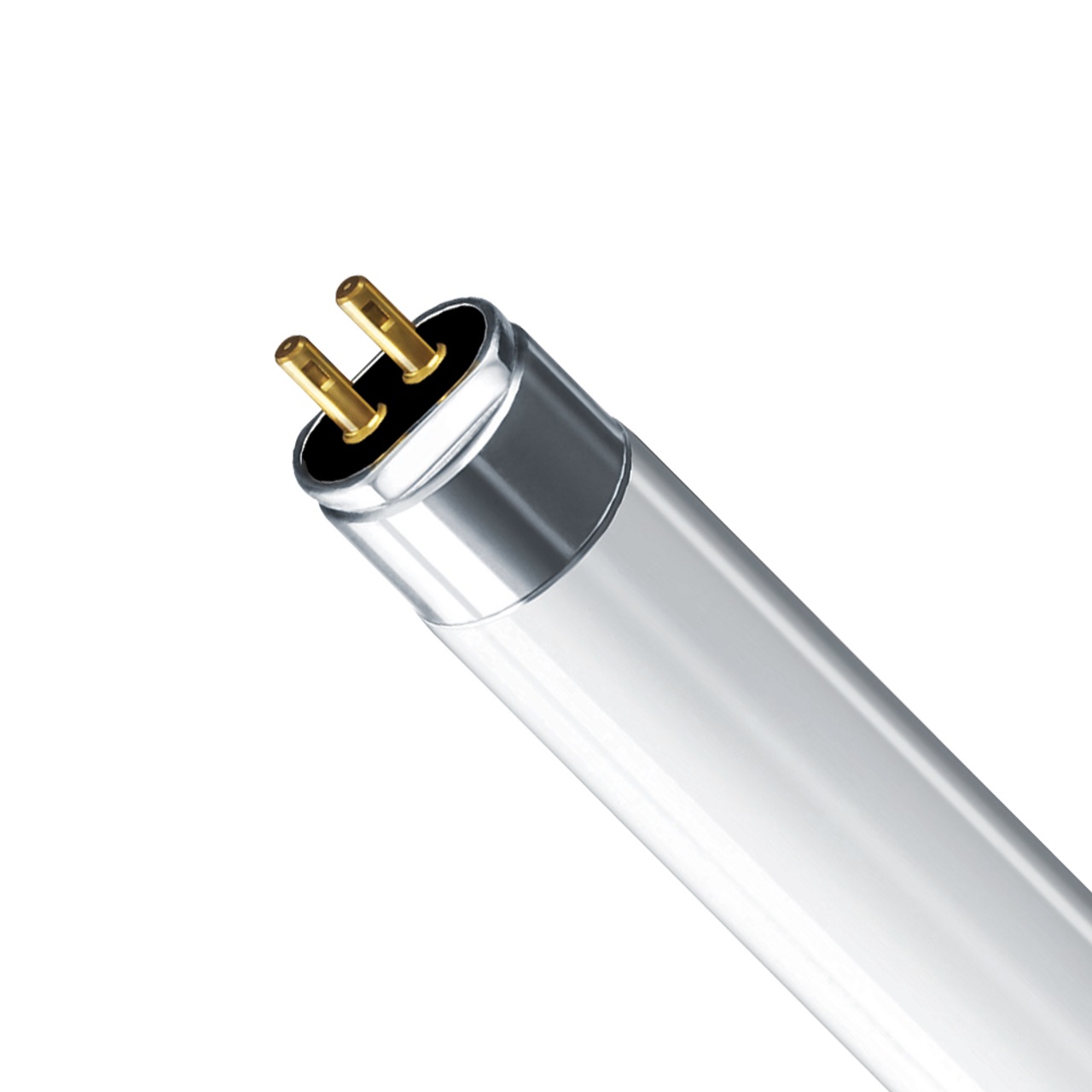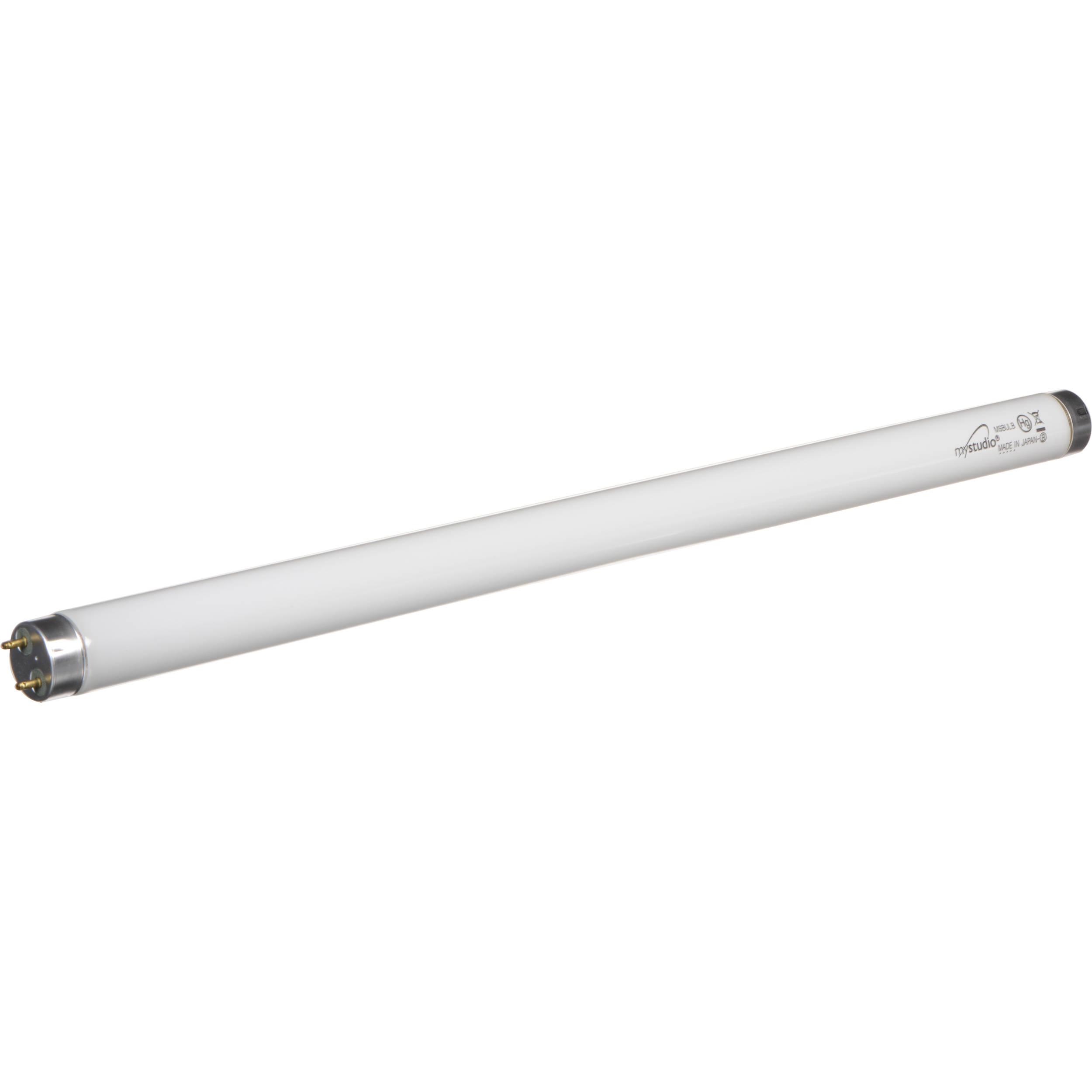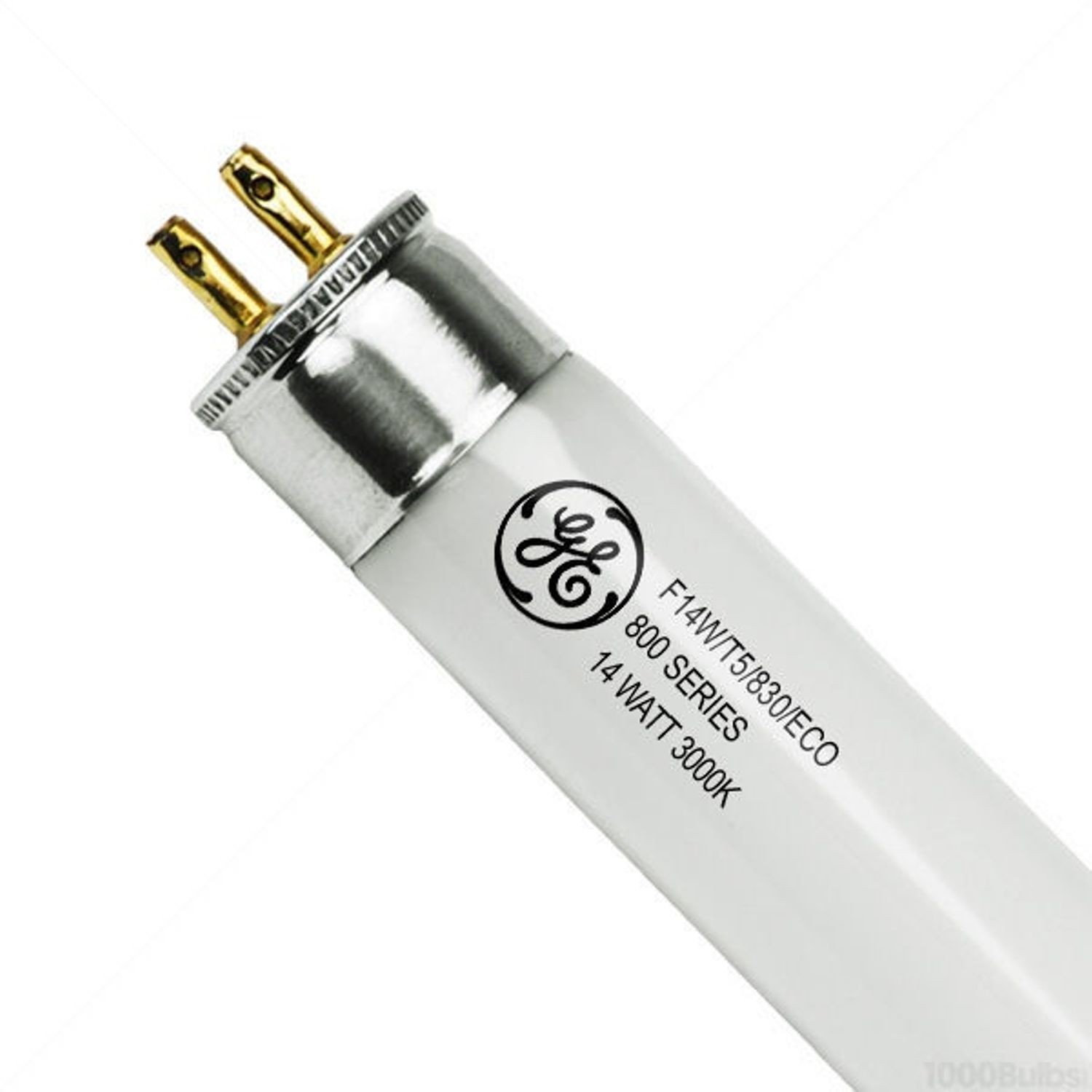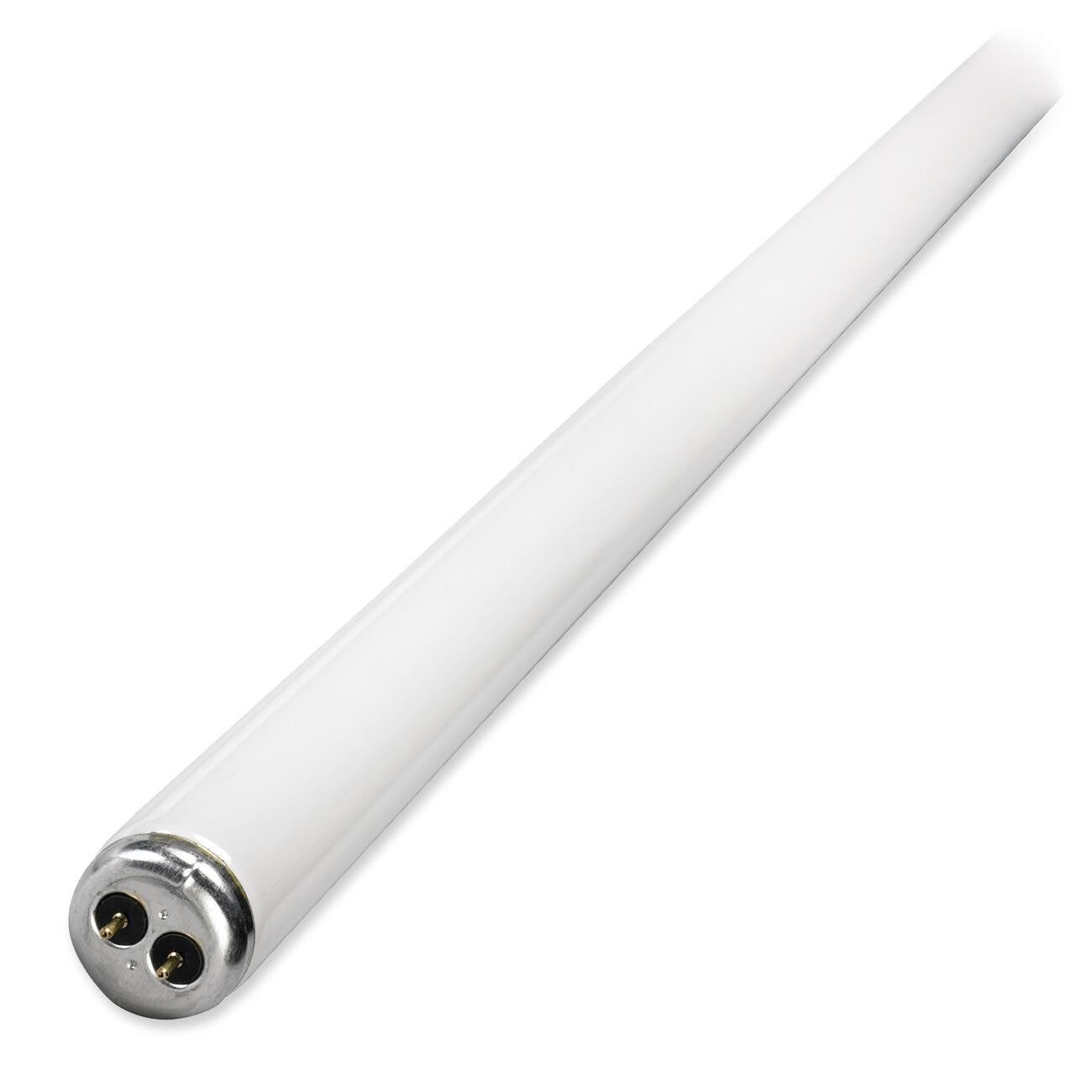Home> High Quality Fluorescent Tubes
High Quality Fluorescent Tubes: Experience the Best Illumination Ever
Discover our High Quality Fluorescent Tubes, designed to provide superior brightness and longevity. Enhance your space with unmatched light quality today!
